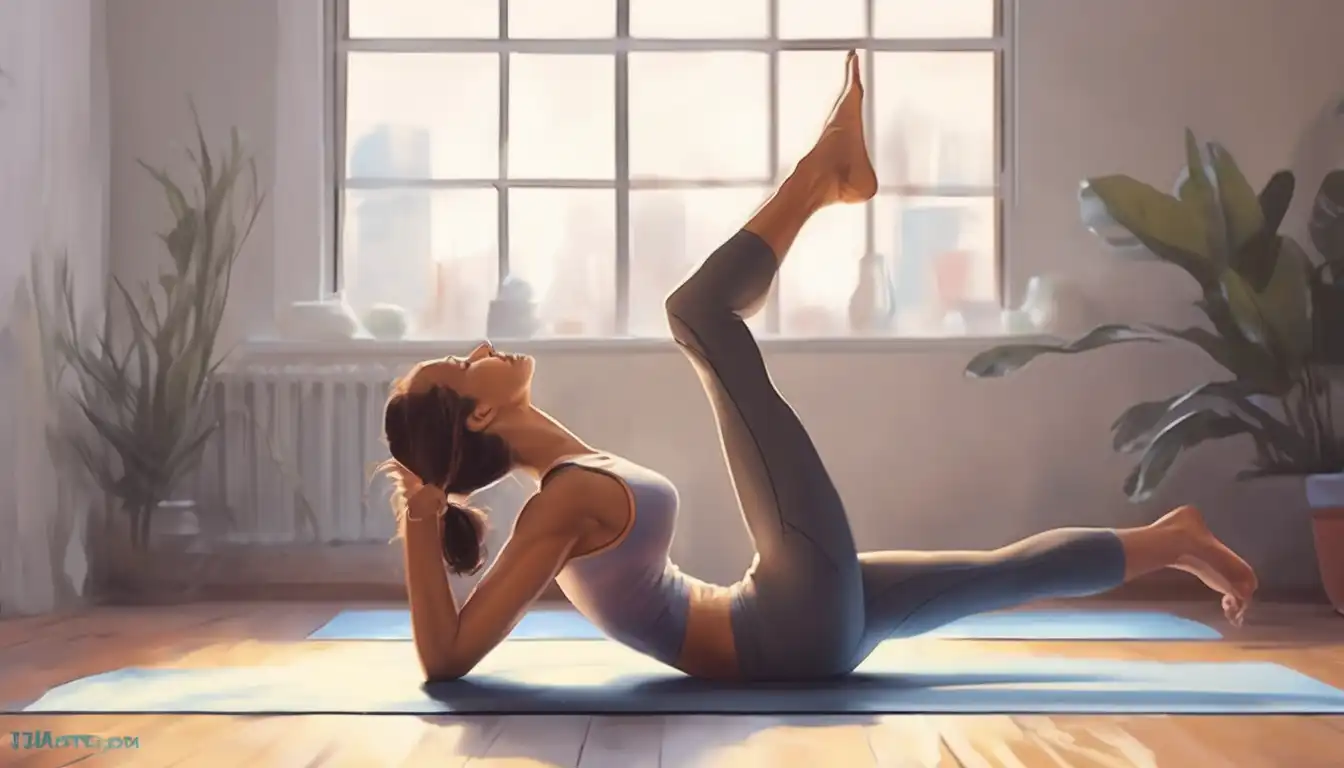Unlock Your Body's Potential: Essential Stretches for Flexibility and Relaxation
In today's fast-paced world, maintaining flexibility and finding moments of relaxation are more important than ever. Whether you're an athlete looking to improve performance or someone seeking relief from daily stress, incorporating stretching into your routine can transform your physical and mental well-being. This comprehensive guide covers the most effective stretches that not only enhance flexibility but also promote deep relaxation.
Why Flexibility and Relaxation Matter
Flexibility is crucial for maintaining joint health, preventing injuries, and improving overall mobility. When combined with relaxation techniques, stretching becomes a powerful tool for reducing stress, improving sleep quality, and enhancing mental clarity. Regular stretching can help alleviate muscle tension, improve posture, and increase blood circulation throughout the body.
Full Body Stretching Routine
Neck and Shoulder Stretches
Begin with gentle neck tilts to release tension in the upper body. Slowly tilt your head toward each shoulder, holding for 15-30 seconds. Follow with shoulder rolls, moving them in circular motions to loosen tight muscles. These simple movements can significantly reduce stress accumulated from long hours at a desk or computer.
Upper Body Flexibility
The doorway stretch is excellent for opening up the chest and shoulders. Stand in a doorway with arms at 90-degree angles, gently leaning forward until you feel a stretch across your chest. For back flexibility, try the cat-cow stretch, moving between arching and rounding your back while on all fours.
Core and Lower Back
Child's pose provides excellent relaxation for the entire back while stretching the hips and thighs. Kneel on the floor, sit back on your heels, and fold forward with arms extended. Hold for 30 seconds while focusing on deep breathing. The seated forward bend targets hamstrings and lower back, promoting flexibility in the posterior chain.
Lower Body Flexibility Focus
Hamstring and Quadriceps Stretches
Standing hamstring stretches can be done by placing one foot on a elevated surface and gently leaning forward. For quads, stand and pull one heel toward your glutes while maintaining balance. These stretches are essential for walkers, runners, and anyone who spends significant time sitting.
Hip Openers for Mobility
Pigeon pose is one of the most effective hip-opening stretches. From a tabletop position, bring one knee forward toward the same-side wrist, extending the other leg back. Hold for 30-60 seconds per side. The butterfly stretch, sitting with soles of feet together and knees out to sides, also improves hip flexibility.
Advanced Stretching Techniques
Dynamic vs Static Stretching
Understanding when to use dynamic stretching (movement-based) versus static stretching (holding positions) is key to an effective routine. Dynamic stretches are ideal for warm-ups, while static stretches work best during cool-downs when muscles are warm and more pliable.
Proprioceptive Neuromuscular Facilitation (PNF)
PNF stretching involves contracting and relaxing muscles to achieve deeper stretches. This technique can significantly improve flexibility faster than traditional static stretching alone. Always perform PNF stretching with proper guidance to avoid injury.
Creating Your Stretching Routine
Consistency is more important than duration when building flexibility. Aim for 10-15 minutes of stretching daily rather than longer sessions less frequently. Morning stretches can energize you for the day, while evening stretches promote relaxation and better sleep. Remember to breathe deeply throughout each stretch, as proper oxygenation enhances muscle relaxation.
Safety Tips and Precautions
Never force a stretch to the point of pain. Mild discomfort is normal, but sharp pain indicates you're pushing too far. Warm up with light movement before stretching cold muscles. If you have existing injuries or medical conditions, consult with a healthcare professional before beginning any new stretching regimen. Consider incorporating other wellness practices like meditation or yoga to complement your stretching routine.
Measuring Your Progress
Track your flexibility improvements by noting how far you can reach in various stretches over time. Many people notice significant changes within 4-6 weeks of consistent practice. Improved posture, reduced muscle soreness, and enhanced relaxation are additional indicators of progress worth monitoring.
Incorporating these stretches into your daily routine can lead to remarkable improvements in both physical flexibility and mental relaxation. Start slowly, listen to your body, and enjoy the journey toward greater mobility and peace. Remember that flexibility is a journey, not a destination – every small improvement contributes to your overall wellness and quality of life.
